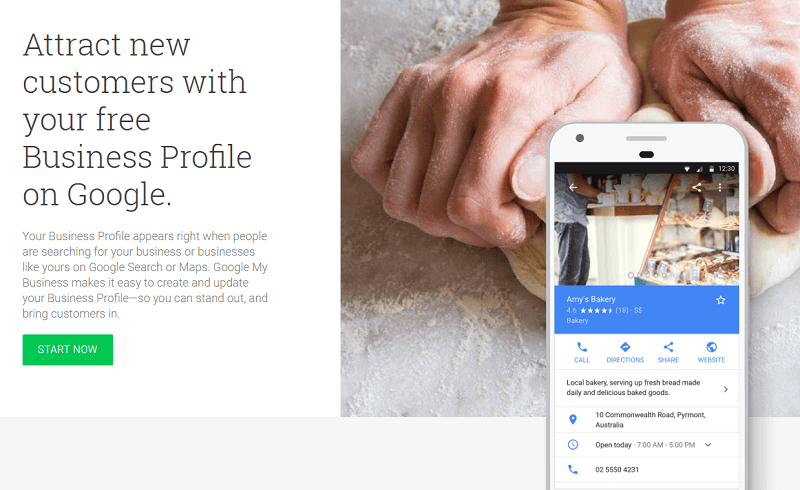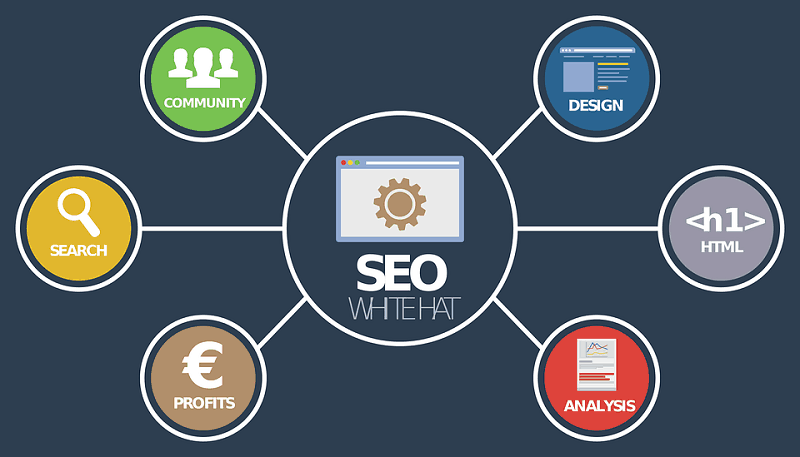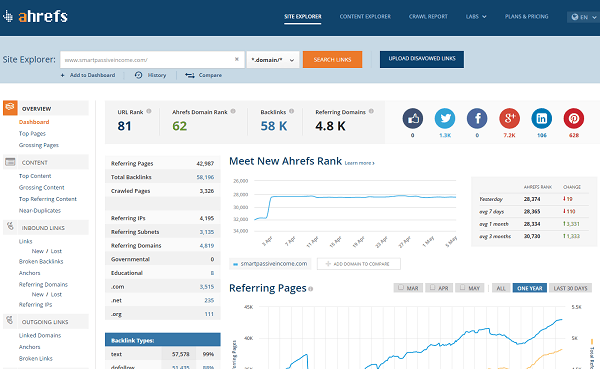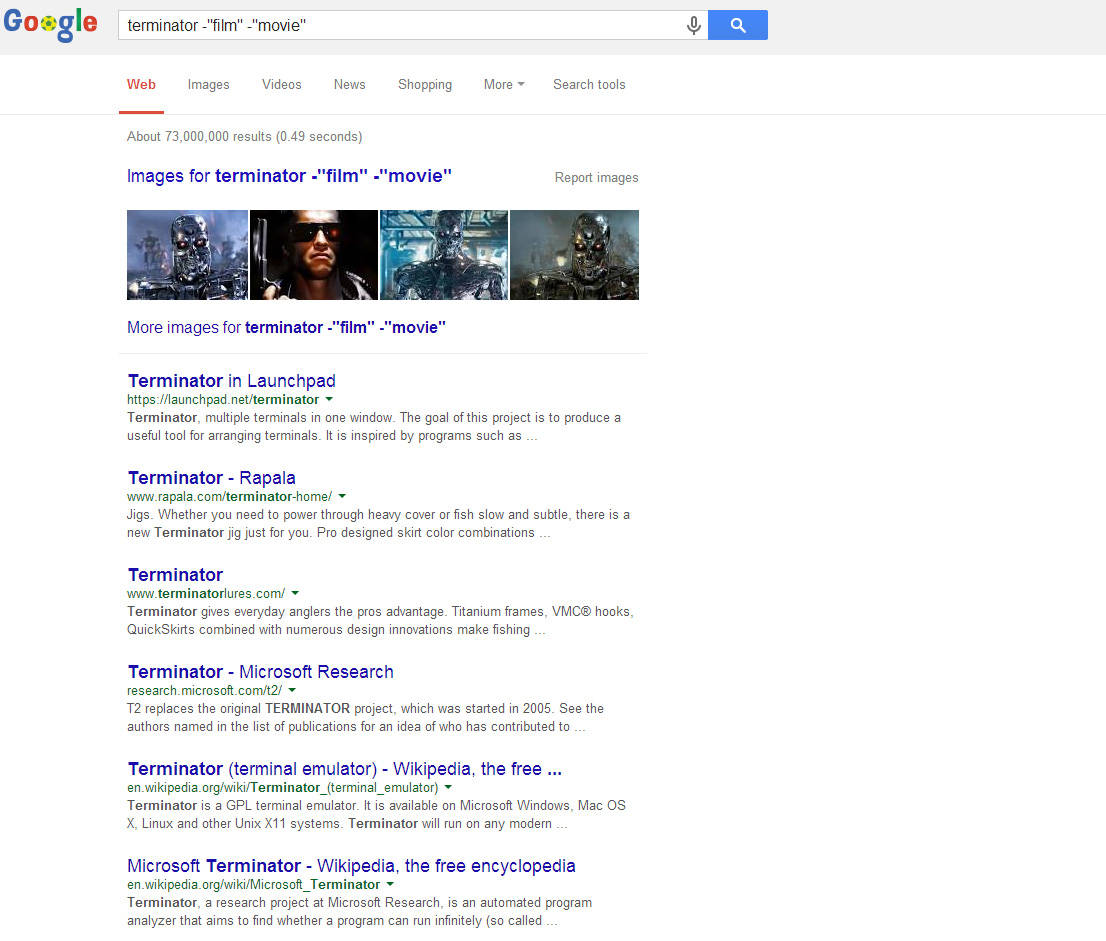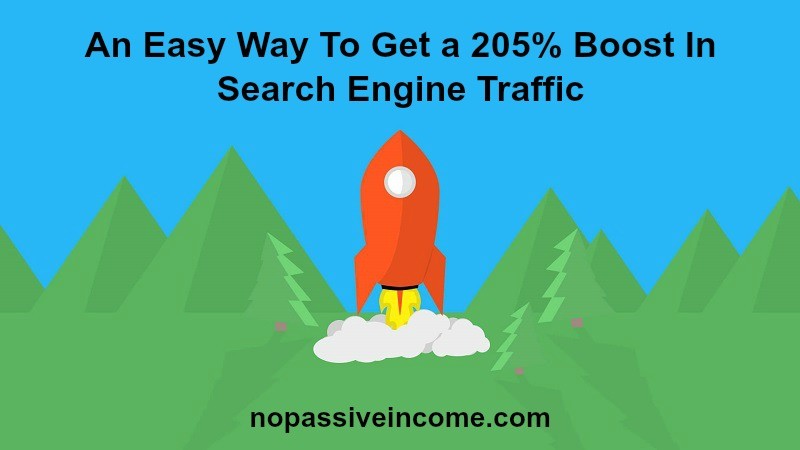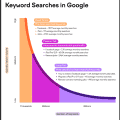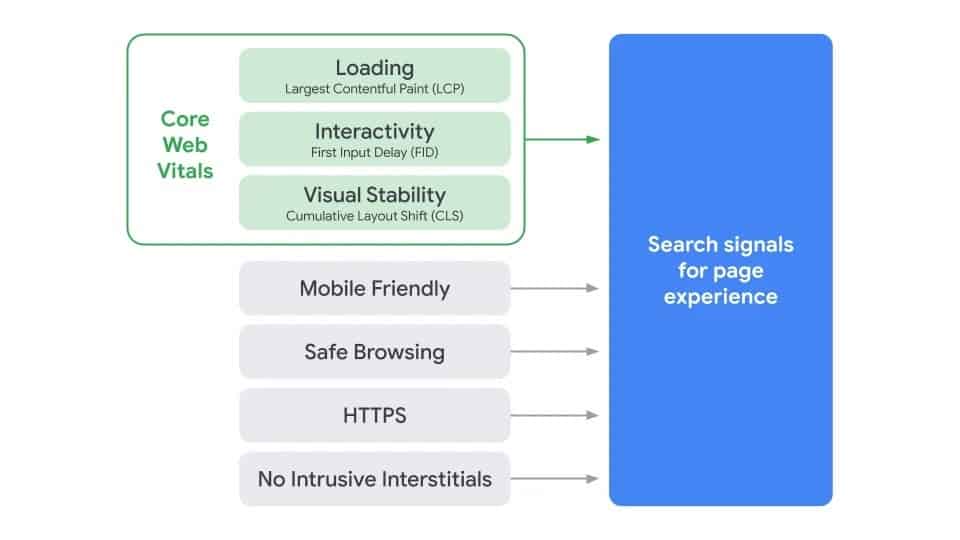Imagine you’re craving a cup of coffee from a cosy café nearby, or perhaps you’re searching for the closest repair shop that can fix your laptop. What do you do?
Like most people today, you probably pull out your phone and type “coffee shop near me” or “laptop repair near me” into Google.
In fact, 46% of all Google searches have local intent. Local search has become a crucial part of the consumer’s journey, with 88% of people who search for a local business on their smartphones either visiting or calling the business within 24 hours. This means that when customers search for nearby products or services, they’re not just browsing—they’re ready to buy.

Getting your business in front of these high-intent customers can make a world of difference. If you’re not optimizing your online presence for local searches, you’re missing out on valuable potential customers.
This article will cover 10 actionable tactics to take your local search strategy to the next level. You’ll learn how to boost foot traffic to your site, increase your online visibility, and connect more effectively with your target audience. Let’s get started!
Table of Contents
1. Optimize Your Google Business Profile
Optimizing your Google My Business (GMB) profile is more than just filling out a few fields; it’s about creating a dynamic, engaging presence that drives local customers to your business. With 48% of customer interactions on GMB leading to website visits and 29% resulting in directions to physical locations, you can see how critical a fully optimized profile is to your success.
First things first, ensure your NAP—Name, Address, and Phone number—is consistent across all platforms. This builds trust with search engines and prevents any confusion for your customers. When Google sees consistency, it ranks your business higher in local searches, making you more visible in the highly competitive local pack.

Once your basic information is set, make your profile engaging by regularly updating photos, videos, and posts.
Also, take advantage of advanced features like Google Messages, which allows customers to communicate directly with you through your GMB listing. High-engagement industries like legal and consumer goods have seen great success with this tool, and it can help you foster a more personalized connection with your customers.
2. Focus on Hyper-Local Keyword Research
When it comes to local SEO, hyper-local keyword research can be a game-changer.
Let’s take an example of an Italian restaurant located on 17th Avenue in Calgary. Instead of just targeting “Italian restaurant Calgary,” hyper-local keyword research would focus on combinations like “Italian restaurant 17th Ave” or even “Italian food near Peace Bridge.”

These hyper-specific terms align perfectly with how users search when they’re nearby and ready to make a decision. Businesses optimized for hyper-local terms are likelier to rank higher in local search results and attract foot traffic from nearby customers.
To get started, tools like Google Keyword Planner or Semrush Keyword Magic Tool can help you discover popular search terms specific to your area. From there, strategically place these keywords throughout your website, including your page titles, meta descriptions, and even your Google Business Profile.
By doing this, you’re signalling to search engines that your business is highly relevant for local searches, ultimately driving more customers straight to your door.
3. Create Location-Specific Landing Pages
Location-specific landing pages are tailor-made for individual locations of your business, allowing you to showcase relevant, localized content that resonates with your target audience. Instead of generic information, location-specific pages speak directly to users searching for businesses in their area, which can significantly improve your visibility in local search results.
For example, a Miami plumber could create a page specifically optimized for “emergency plumber in Miami,” ensuring the business ranks for highly relevant, geo-targeted queries.

Location pages help you control your message by showcasing exactly what you want visitors to see. Unlike third-party platforms like Yelp or Google My Business, where algorithms determine which photos or reviews appear first, location pages give you the freedom to highlight what matters most.
You can feature location-specific promotions, customer reviews, local events, and even personalized images of your storefront or team. This helps not only with SEO but also builds trust and connection with your local audience. You can make these pages more engaging with clear calls to action (CTAs) like “Get Directions” or “Schedule an Appointment.”
4. Implement Local Link Building Strategies
Building local backlinks is essential for improving your local search rankings and establishing your authority within your community.
One of the most effective strategies for building local links is partnering with local businesses, influencers, and community organizations. Sponsoring local events or collaborating with local influencers can lead to backlinks from event pages, community blogs, or even local news outlets. These partnerships increase your visibility and create relevant, high-quality backlinks that Google values.
For example, searching for ‘Chicago newspapers’ showcases a huge list of publications where you can submit your local business.

Creating hyper-localised content is another great way to attract backlinks from local websites. Write blog posts about local events, guides to your city, or even case studies featuring your local customers. For example, a local restaurant could create a “Food Lover’s Guide to [City Name]” to attract backlinks from tourism websites or other local blogs.
Also, offering testimonials or writing guest blog posts for local businesses is a win-win—businesses get authentic reviews, and you get a valuable backlink in return. This approach builds links and fosters relationships with key players in your area, boosting your reputation in the local community.
5. Encourage Customer Reviews and Manage Your Reputation
Research shows that 91% of consumers trust online reviews as much as personal recommendations. Positive reviews build trust and act as powerful social proof, significantly influencing purchasing decisions. For example, higher-rated businesses are more likely to attract customers over competitors, leading to increased foot traffic and revenue.

However, reviews aren’t just for impressing potential customers—they’re a major ranking factor for search engines like Google. Google uses customer reviews to evaluate the credibility and relevance of a business, and a consistent stream of fresh, positive reviews can help boost your local search rankings.
To gather more reviews, make the process easy and appealing for customers. Offer simple ways to leave feedback, such as via email prompts, social media campaigns, or in-store QR codes. You can even incentivise reviews with discounts or loyalty rewards, encouraging customers to share their positive experiences.
On the flip side, it’s crucial to address negative reviews promptly and professionally. Responding to criticism with empathy and offering solutions shows your commitment to customer satisfaction, which can turn a potentially damaging review into an opportunity to enhance your reputation. This proactive approach maintains your credibility and helps you retain a strong presence in local search results.
6. Implement Local Schema Markup for SEO
Think of schema markup as a set of “tags” or labels you can add to your website’s HTML to help search engines understand your business better. This structured data provides search engines with critical information like your business’s name, address, hours of operation, and even reviews.
With local business schema, search engines are better equipped to display your information in rich results, such as the Google Map Pack, which is a goldmine for businesses trying to capture local search traffic. The best part? You don’t need to be a coding expert to get started.
Here’s an example of a review-rich result:

Tools like Google’s Rich Results Test and Schema Markup Validator make it easy to test and troubleshoot your markup. To implement local schema markup, visit schema.org and choose the appropriate category for your business. You can use the “LocalBusiness” type if no specific category applies, and then fill in relevant properties such as your location, contact information, and business description. If you’re not sure where to begin, try the Attrock Schema Markup Generator. It’s a user-friendly tool that simplifies the process, even for beginners, helping you generate accurate schema in minutes.
Test your schema, add it to your website, and monitor your results to ensure your local SEO is fully optimized.
7. Optimize for Mobile and Voice Search
Optimizing for mobile and voice search is essential in 2024 as the shift toward hands-free, on-the-go digital experiences continues to grow. Voice search, in particular, is driven by convenience and the widespread adoption of voice-activated devices like Google Assistant, Siri, and Alexa. Studies show that 58% of consumers use voice search to find local businesses, and with an estimated 8.4 billion digital voice assistants expected in use by 2024, ensuring your website is optimized for both mobile and voice queries is crucial.

Start by focusing on mobile optimization. Since most voice searches are performed on mobile devices, your website must be fast and responsive. Google prioritizes websites that load quickly, as slow-loading pages result in higher bounce rates. Simple optimizations like compressing images, minimizing HTTP requests, and using a content delivery network (CDN) can dramatically reduce load times.
When it comes to optimizing your content for voice search, optimizing for conversational queries is key. Voice searches tend to be longer and more natural-sounding compared to traditional text searches, often resembling complete questions. Incorporate long-tail keywords that reflect how people speak, like “Where’s the best coffee shop near me?” rather than short phrases like “best coffee shop“.

Creating content that directly answers common questions, such as through an FAQ section, can also help your site appear in featured snippets, which are prime real estate for voice search results.
Lastly, when optimizing for mobile and voice search, it’s essential to consider not just user experience but also the data driving these behaviors. By analyzing mobile usage patterns and voice search trends through big data services, businesses can better understand the specific needs of local users. This allows for more precise optimization, ensuring that your content is aligned with how customers search on their devices, whether they’re using text or voice commands.
8. Leverage Social Media for Local Engagement
Using social media for local engagement is all about prioritizing authentic interactions and tailoring your content to resonate with local audiences. Social media platforms like Facebook, Instagram, and even TikTok offer excellent opportunities to engage with local customers. For example, local businesses can create community pages or groups on Facebook to interact with their audience directly, share local news, and promote events.
Instagram is another powerful tool for local businesses, especially with its visually driven content. Instagram allows you to use geotags, hashtags, and location stickers to make your posts more discoverable to local audiences. Restaurants, for instance, can share mouthwatering images of their dishes with geotags that help people nearby find them easily.

Also, creating Instagram Stories to highlight local collaborations or behind-the-scenes glimpses of your business can significantly boost engagement. By responding to comments and messages in a timely and authentic manner, businesses can build strong relationships with their local followers, turning them into loyal customers.
9. Invest in Local Paid Advertising
Local paid ads help with the precision with which you can target your audience—whether through Google Ads, social media platforms like Facebook and Instagram, or local business directories. By focusing your budget on people within a specific geographic area, you ensure that your ads reach potential customers who are most likely to convert. In fact, local paid ads often boast higher conversion rates since users searching for businesses nearby usually have immediate purchase intent.
Take Google Ads, for instance, which allows you to set up geo-targeted campaigns tailored to specific cities, neighborhoods, or even a particular radius around your business. Similarly, Facebook’s ad platform offers localized targeting options where you can promote local events, special offers, or services to people in your area.
To make your local ads even more effective, consider including location-specific keywords, offers, and a solid call to action that encourages immediate action—such as booking an appointment or visiting your store. Regularly analyzing and refining your audience targeting will ensure you stay on top of trends and maximise your ad spend.
10. Conduct a Local SEO Audit and Monitor Results
Local SEO audit is like a health check for your online presence—it identifies what’s working, what’s not, and where you can improve.
Start by examining your Google Business Profile. Make sure all your information (NAP: Name, Address, Phone number) is accurate and consistent across platforms. Verify that your business hours, services, and images are up-to-date. Any discrepancies here can confuse search engines and potential customers alike.
Next, perform a website audit. This involves ensuring your website is mobile-friendly and optimized for local keywords. Check for any technical issues like broken links or slow-loading pages, as these can significantly impact user experience and local rankings. Also, auditing your local citations—mentions of your business on directories like Yelp or TripAdvisor—ensures consistency across all platforms, which boosts your local credibility.
Once you’ve gathered your findings, take action. Address any inconsistencies, optimize your on-page content for local keywords, and ensure your site is well-structured. Regular audits, ideally conducted every few months, will keep your business visible to nearby customers.
Your Local SEO Blueprint for Success
Mastering local SEO is an ongoing process that requires dedication and regular fine-tuning, often by agencies who specialize in SEO. By optimizing your Google Business Profile, focusing on hyper-local keywords, creating location-specific landing pages, and employing other tactics discussed, you’ll elevate your business’s visibility within your community.
Remember, local SEO isn’t a one-time effort but an evolving strategy that grows with your business. Regular audits and performance monitoring will help ensure that your efforts continue to pay off. The more consistent and relevant you are to your local audience, the stronger your brand presence will become, leading to more customers and greater success.
